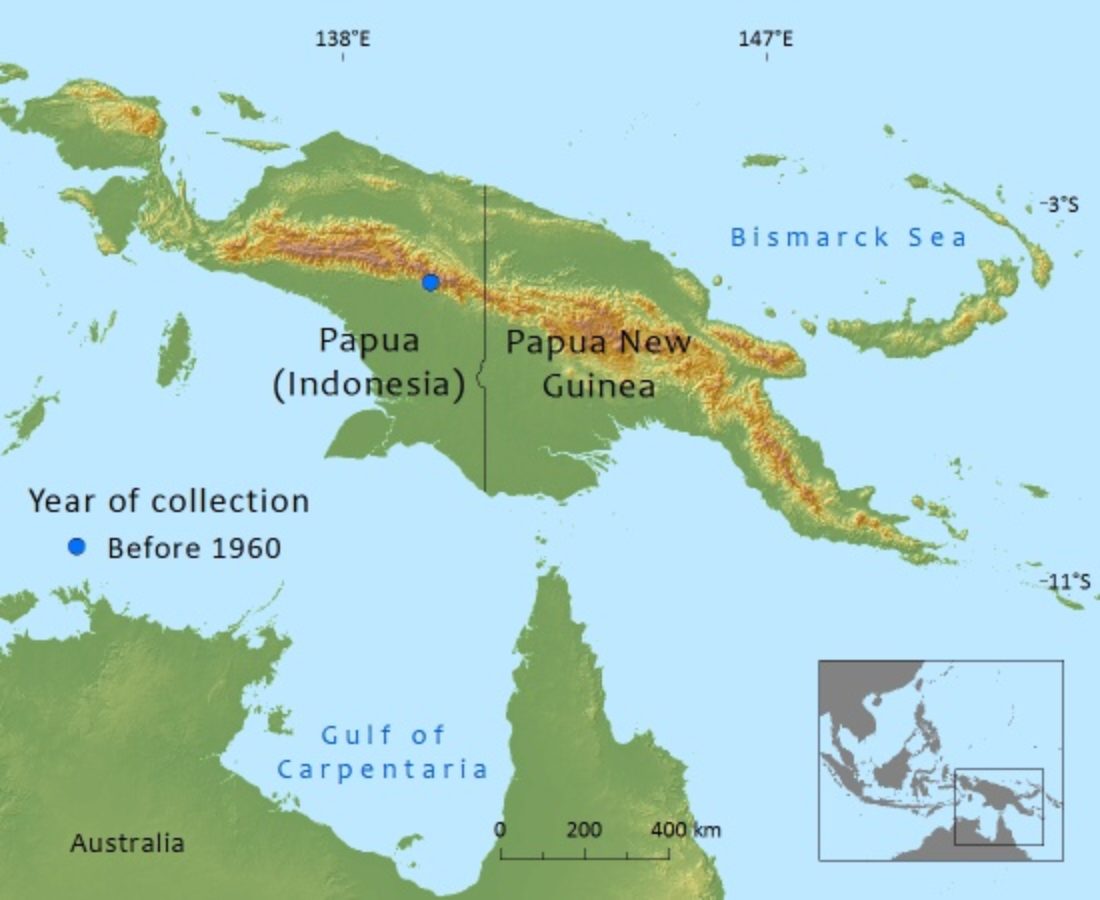Podocarpaceae
Dacrydium leptophyllum
Only found on a single mountain in Irian Jaya in Indonesia where there are less than 1000 mature individuals
Human Uses
Unknown
References and further reading
- Bachman, S. (RBG Kew), Farjon, A. (RBG Kew), Gardner, M. (RBG Edinburgh), Thomas, P. (RBG Edinburgh), Luscombe, D. (Forestry Comm. Bedgebury) & Reynolds, C. (Forestry Comm. Bedgebury) (2007). Dacrydium leptophyllum. In: IUCN 2012. IUCN Red List of Threatened Species. Version 2012.2. . Downloaded on 25 March 2013.
- de Laubenfels, D.J. (1988). Coniferales. Flora Malesiana series I - spermatophyta, flowering plants 10(3).
- Farjon, A. (2010). A Handbook of the World's Conifers. Koninklijke Brill, Leiden.
- Farjon, A. & Page, C.N. (compilers) (1999). Conifers. Status Survey and Conservation Action Plan. IUCN/SSC Conifer Specialist Group. IUCN, Gland, Switzerland and Cambridge, UK.
